Guest Blog and Infographic: 16 Ways Horses Make Humans Healthier - Benefits of Horse Riding23/9/2019
My delightful guest journalist, Milly M, has contributed the following observations: "Working and growing up with horses has taught me a lot over the years, learning about creating and forming relationships, responsibility and how we view ourselves as individuals. Having and being around horses teaches you many things, but many of us forget that they also bring us a huge amount of physical and emotional benefits too. It gives us purpose, teaches us patience and gives us something to be passionate about – the list goes on! Sometimes I think it’s good to reflect on what horses bring to our lives and why they make us happy. This infographic shows many of the health benefits that horses can bring us." Which of the 16 points resonates with you? Can you add any to the list? Feel free to share your thoughts and experience in the comments!
PS: If you'd like to read more on this subject, check out the article published by Viviamaridi, "How Horses Heal Us" by Joanne Verikios. And this meme sums it up. Newsflash: "The Horse Is Not Here" Poem adopted by Animal Assisted Learning Program in Ohio, USA4/9/2019
Back in February 2019, I was honoured and delighted to receive a request from a startup non-profit organisation called LOVE GROWS LOVE. They asked if they could use my poem, "The Horse Is Not Here", because they thought it captured the essence of the “Power Tools For Living” program. Of course I was happy to give them my blessing. I also greatly appreciated their courtesy in asking for permission and their professionalism in acknowledging my authorship of the poem. And I love the image they have paired with it on Facebook! Hope you do too: Their mission is to engage horses to help participants gain a deeper understanding of faith-based values, therefore improving their quality of life. EAL (Equine Assisted Learning) is an experiential approach to growth and learning in collaboration with horses which can be very powerful for participants from all walks of life.
Check out the Love Grows Love Animal Assisted Learning page on Facebook if you would like to learn more about their work. By Joanne Verikios 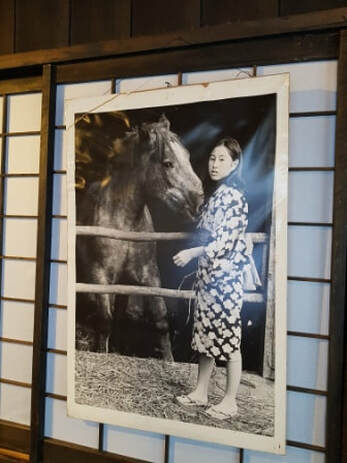 This may be a locally-bred Nambu (or Nanbu) horse. They were used for agriculture and war in addition to their ceremonial and traditional importance. This may be a locally-bred Nambu (or Nanbu) horse. They were used for agriculture and war in addition to their ceremonial and traditional importance. Do you like folklore and fairytales? I do too. In fact, once upon a very long time ago, the topic of my Bachelor of Arts Honours thesis was The Interplay of Realism and Expression in the Form and Technique of the Russian Folktale. Anyway, given my lifelong love of (a) horses and (b) folklore, I was thrilled to discover a charming folktale while travelling in the northern Japanese prefecture of Iwate. The connection is no accident, because Iwate was the home of Japanese horse breeding back in the Samurai days and the quiet rural town of Tono is famous for stories and legends. Tono has a very strong horse culture, as horses were vital to peoples livelihoods and - reminiscent of treasured Arabians who were brought into the tents of their Bedouin owners - slept inside with the family. Even the bus stops in Tono are shaped to remind us of the importance of horses! Note the beautiful halter knotting and the detail in the horse shoes in the pictures below.  L-shped "Kikuchi Family" Magariya L-shped "Kikuchi Family" Magariya Tono also preserves some of the traditional L-shaped Magariya houses, where people lived once in the long side of the L and horses lived in the short side. The most famous of these, the Chiba / Chibaya House, was closed when we were there (in March 2019) but we found another example at the Densho-en cultural complex. This is the Kikuchi Family Magariya (pictured), which was built in the mid 1700s. The horse accommodation is on the left (see the historic photo below).  Photo at Densho-en depicting a horse looking out of its stable in a Magariya Photo at Densho-en depicting a horse looking out of its stable in a Magariya It was at Densho-en that we encountered the story of #Oshirasama. According to legend, a poor farmer had no wife but he did have a beautiful daughter and one horse. The daughter spent a great deal of time with the horse, even sleeping in his part of the house overnight. One thing led to another and horse and woman became husband and wife. When the farmer found out, he killed the horse. There are a number of gruesome versions of how he killed him and what happened next, including subsequent mutilation of the dead horse when the farmer saw his daughter grieving over the body, but they all end with the daughter flying into the sky, either clinging to her beloved horse's head or on his skin, whereupon she became Oshira-Sama a Kami (deity), patron of silk worms, agriculture and horses. Oshira-sama also foretells both good and bad fortune for believers in dreams. There is an amazing chamber in the Densho-en complex called Oshirado Hall, where you can write your wishes on a piece of cloth and spike it on one of the 1000 wooden figures carved to represent Oshirasama in both equine and human form. Thousands of visitors - not just from Japan but from all over the world - have taken the opportunity to have their heart's desires expedited by Oshirasama by adorning one of these statues. Iwate Travel Notes Where is Tono: Tono is located near the middle of the Iwate prefecture on the Pacific coast in the Tohoku Region of Honshu in north eastern Japan. How we got there: Using Hyperdia to work out routes and timetables, we travelled from Sendai in the Miyagi prefecture by Shinkansen (bullet train) to Shin-Hanamaki, where we picked up a hire car from the Toyota Rent a Car depot just across the road from the station. We booked the car online before arrival. The roads are excellent, by the way, the drivers are competent and courteous and the countryside is very picturesque. Navigating: The rental car came with a satnav system in English, but we preferred to use a combination of two phone apps: Waze (for the route) and Google Maps (for nearby cafes, restaurants and opening times). Yes, we bought a local SIM at the airport on arrival in Tokyo. Accommodation: We stayed right on the coast of Ofunato Bay at the Ofunato Onsen, which is about 30kms from Tono. It was a great base for exploring the region, with excellent nearby restaurants and relaxing onsen (natural hotspring baths) overlooking the bay and out to the Pacific Ocean. Refreshments: We really enjoyed our coffees and snacks in the On Cafe and the Noto General Store. All photos by Joanne Verikios If you enjoyed this post, you might also like Saving The Endangered Skyrian Horse.
Feel free to LIKE & SHARE! To Plait or Not to Plait - an excerpt from "Winning Horsemanship. A Judge's Secrets And Tips For Your Success" by Joanne Verikios There are many ways to present your horse’s tail and mane at showtime, from au naturel to pulled, plaited, banded or braided; hogged and taped like a polo pony; or beribboned and decorated with flowers, ears of wheat and bells like a draught horse. Much depends on the event and the breed. After that, it’s down to your own skills, time available and personal preferences. During the 2015 Australian Warmblood Horse Association Assessment Tour, Silvia Ahamer demonstrated how a plaited tail can constrict a horse’s movement – a revelation for the owners and a godsend for several horses when their tails were set free! In their guidelines, the AWHA actually recommends that tails not be plaited and that plaits, if used, be loose. Nevertheless, some people did present their horses plaited up to the nines, which let us see quite a few before and afters because everybody accepted our suggestion to un-plait. I remember a ridden mare who held her tail clamped down and to one side with it plaited. Then you could see her centring her tail and relaxing her back when the plaits came out and suddenly she moved a whole lot better. It made me uneasy to think of all the tails I have plaited in the past. I probably even wondered why the poor horse “didn’t go as well as he did at home”. These days, I would definitely opt for other methods of neatening the top of the tail if required, or simply accept that horses have tails and it is alright to present them in all their glory. TIP: If you opt to plait, always ease the dock into its natural curve when you have finished. Taking thicker sections of tail may be more comfortable for the horse than the very fine strands that are often seen. Think basket weave rather than birdcage. If the mane is to be plaited, it is customary to have an uneven number of plaits along the neck. The forelock is usually plaited but may be left loose for most events. Manes may not have such a big effect on movement because the spacing of the plaits allows for flexion of the neck, but I am sure that if some hairs were pulling badly it could impact on a horse’s attitude, so do not plait so tightly. TIP: Experiment ahead of time with all your grooming enhancements, including how many and what kind of plaits you will have, then stick to your plan on show day. If you enjoyed this post, you might also like Horse Clipping Tips and Manes, Beards and Whiskers - To Trim Or Not To Trim.
Feel free to LIKE & SHARE! I'm sure you've heard inspirational messages, such as: "All you need is X seconds of insane bravery" or "You're just one deal away from financial freedom" or "You can be anything you want to be".
Then you look around and notice that it doesn't seem to be happening for the majority of people. But some people, yes, those people, they seem to have nailed it! So what's the big secret of those who ARE leading amazing lives? First of all, the big secret is that it's not a secret. Nor is it about several seconds of terror, or finding one cracking deal or visualising yourself into the saddle of the next Charlotte Dujardin (insert the equestrian activity and role model of your choice). Here's more bad news - it's not about being "discovered". As the saying goes, it can take years to become an overnight success (and that's a huge clue, right there)! So what IS it about? My theory has been extensively tested on humans! Doing the hard yards myself (including living through divorce, debt, devastation and destruction of various kinds), as well as working with literally thousands of people in many different roles, has given me certain insights into why so many of us remain stuck. Sometimes we win, sometimes we learn, but the big breakthrough remains elusive for many. Have you ever noticed that most people live a repeating series of MYs (Mediocre Years)? Groundhog Day was bad enough, but Groundhog Year?! I'm going to share with you how you can break the cycle. Okay, here's the answer. It's not in the Moment or the Deal or the Dream. It's in the Plan and the Habits and the Action. I know it works because I have been stuck myself and I have shaken loose and moved on by doing these three things:
It's simple as 1 2 3, but it's not easy. And maybe because it's so simple, most people simply don't do it! Instead, most people hope things will change as if by magic. It's like wishing you could win the lottery without even buying a ticket! Most people don't even analyse why things stay the same. As Margaret J. Wheatley said, “Without reflection, we go blindly on our way, creating more unintended consequences, and failing to achieve anything useful.” IF YOU DO IT, however, things WILL change. You will leave MYs behind and begin to have EYs (Exceptional Years). Put enough EYs in a row and one day you will notice that you have an EL (Extraordinary Life). Just like the best time to plant a shade tree was 50 years ago and the second best time is now, you can start today. Here's what to do, if you are motivated to move from MY to EY to EL. Are you ready? Grab a pen and paper! Begin by getting very clear on where you want to be in five years - I mean super clear. Describe your desired future circumstances in great detail, including some hard data (where are you living, what are you doing, with whom, what is your passive/active income, how much is in your cash reserve etc.). Write it out in the present tense (eg, "It is December 2023. I am ... , I do ... , I have... , I am so glad that I planned this and took the steps required to make it happen!"). Now we reverse-engineer that precise description by creating goals for 2019 that are focussed on getting you to where you want to be in five years. Beside the goals, write down the actions that will progress you towards achieving your five-year outcome. Done that? Beginning with January 2019, take the goals for the year and break them into goals for each month, and, as you get closer to the time and can plan with greater granularity, include goals and action items for each week, each day. Repeat month by month. Around this time next year, review your progress, adjust and repeat the planning and goal setting process. And so on, every year. Is this what most people do? Absolutely not, so don't be like most people. Is it what successful people do? Yes it is. (They also maintain a degree of balance. Read this article on How To Get Horse-Life Balance for some tips.) So I want you to take action. Do it, and let me know how you go. Get yourself a cheerleader if you lack confidence, or a coach if you need someone to help you to plan and keep you accountable. Festive Blessings To You And Your Horses, And Best Wishes For An Outstanding New Year! Joanne Verikios PS: Pop over to my "Hoof Picks" page to download a free 2019 Horse Calendar to help you make your dreams a reality! |
From a very early age I have been able to tune in to what horses and ponies were thinking and what they were likely to do next.
Archives
September 2020
Categories
All
|

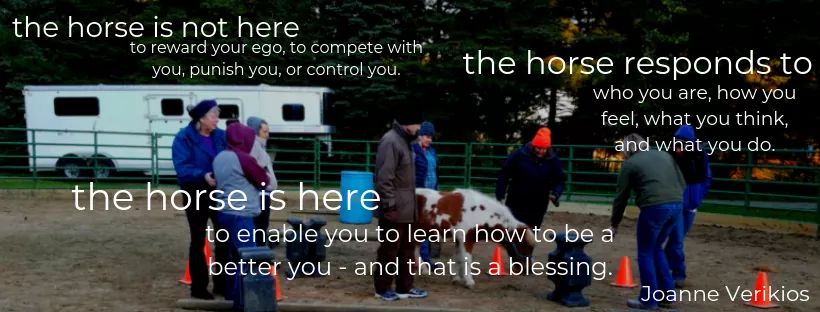

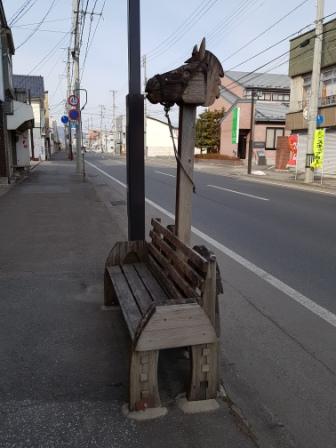



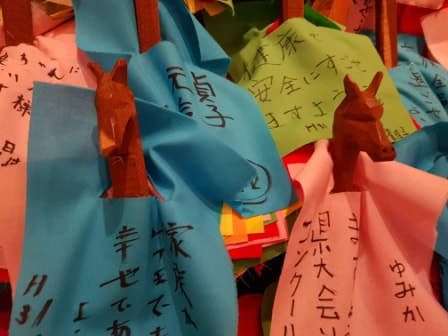
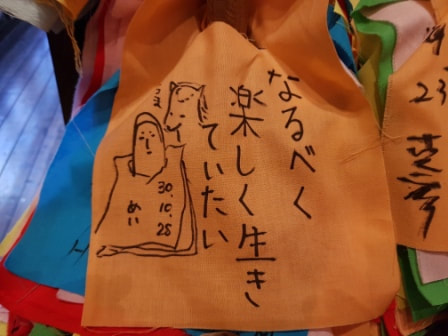
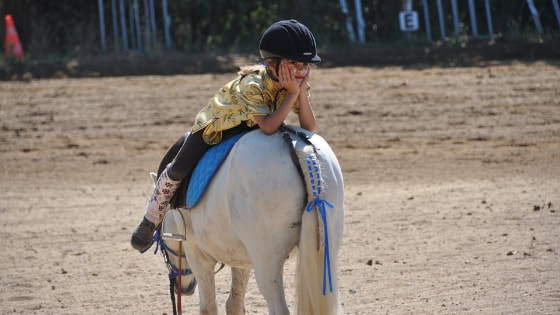


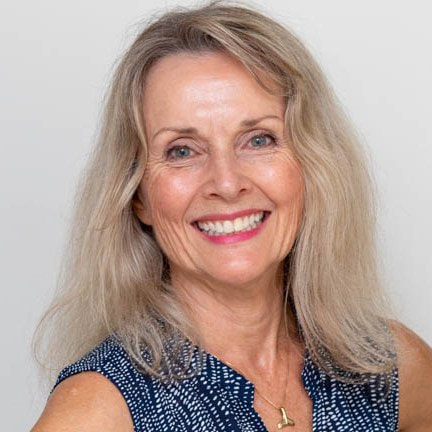
 RSS Feed
RSS Feed